AIthena - AI Powered Teaching Companion
A powerful AI tool that provides highly customized help as teachers prepare for classes. Guides teachers through lesson plans, helps preparing class materials, and answers any questions teaches might have.
We partner with schools and educators to make computer science accessible to all students through a variety of service options. From AI based curriculum training software, to live online tutoring and classes taught by experienced computer science teachers, we have solutions tailored to your needs. Get started in just a matter of days.
 Contact us to receive an informational brochure and ask any questions. Learn More
Contact us to receive an informational brochure and ask any questions. Learn More Book time with an expert to discuss your program's unique needs. Learn More
Book time with an expert to discuss your program's unique needs. Learn MoreAs Featured By







We support a wide variety of popular CS platforms












Here are some popular scenarios that we can help. Get in touch today to help your students discover the magic in technology!
Get Started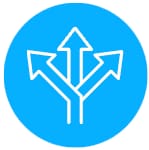
Want more electives that students are excited about, but don’t have the staff to support them? We have expertise on a rich set of topics such as AI, Data Science, Game Development, that represent the most promising future opportunities.
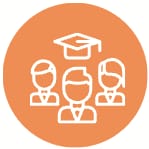
Don't have enough teachers to meet student demand for your intro to Computer Science or AP CS classes? Our teachers can teach alongside your staff to offer additional sessions so more students can enroll in CS classes.
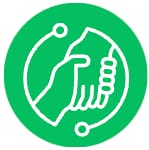
Are teachers over stretched and don’t have time to grade assignments quickly, hold office hours, or give students much needed help? Our teachers can assist with a variety of tasks so your teachers can focus on the most critical parts for student success.
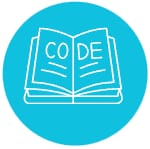
Want to start offering a Computer Science program or begin teaching computer science systematically? We can help plan CS curriculum pathways, train teachers, and partner with you to get it off the ground.
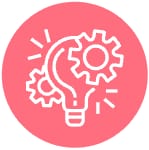
Looking for flexible and affordable ways to offer additional learning opportunities beyond regular school hours? Our rich set of topics will surely delight your students and motivate them to learn more.
We are proud to support schools worldwide a variety of services from online live instruction, teacher assistance, to AI based curriculum training. Evaluate the levels of service that match your school’s needs, and get in touch.
A powerful AI tool that provides highly customized help as teachers prepare for classes. Guides teachers through lesson plans, helps preparing class materials, and answers any questions teaches might have.
Your teachers do the lecturing, we will assist your staff on other teaching tasks such as grading homework, holding tutoring sessions and more, so more students can be properly supported.
Ideal for onboarding new CS teachers. Our teachers teach first while your in-person teacher observes. After some time, the two switch. Our teacher will continue to offer support until on-site teacher is fully trained.
We take on everything a regular in-person teacher would do, such as lecturing, homework grading, administrating tests, and more. This is the easiest way to grow your CS program quickly, experiment with new curriculum, or simply fill an urgent gap.
No matter your students' interests, we'll help them discover a new passion with over 40+ courses from beginner coding, AI, design, and data science, to AP subjects and more. We also teach curriculum from top programs such as code.org.
Get StartedDesigned by experts from:


A powerful AI tool that provides highly customized help as teachers prepare for classes. Guides teachers through lesson plans, helps prepare class materials, and answers any questions teachers might have.